More Than Focal Length: Why I Collect 50mm Lenses Like a Kid in a Candy Store
Exploring the Science, Soul, and Swirl of Vintage Glass: How Coatings, Radioactive Quirks, and Optical Flaws Turn 50mm Lenses Into Unique Storytelling Tools
Last week, after reading my post listing all my vintage lenses, someone asked me why I have multiple vintage lenses of the same focal length.
My answer is twofold.
Firstly, I can’t help myself!
Secondly, each lens has its own characteristics optically, and I just love discovering how each one renders a scene or subject so differently.
Take the 50mm lenses I have. I currently have five 50mm vintage lenses (and another two 55mm ones and a further 58mm lens). I also have a more modern Summilux Leica lens.
Tangent: Collectively, these lenses are considered ‘normal’ lenses, 50mm lenses are considered ‘normal’ lenses because their focal length roughly matched the diagonal of the film negative, providing an angle of view close to what was then perceived as the human eye's "normal" perspective. Over time, manufacturers standardized on 50mm as a versatile, all-around lens, even though other focal lengths could also be considered "normal" (source).
The normal lenses I have are:
Super Takumar 50mm f1.4 (8 element) (M42 mount)
Super-Multi-Coated Takumar 50mm f1.4 (7 element) (M42 mount)
Nikkor Ai-s AIS 50mm f/1.4 (F mount)
Canon 50mm f1.2 (LTM/L39 Mount)
Carl Zeiss Pancolar Jena DDR 50mm f1.8 (M42 mount)
Leica Summilux 50mm f1.4 asph (M mount)
Auto Takumar (Zebra) 55mm F1.8 (M42 mount)
Auto Takumar 55mm f2.2 (M42 mount)
Helios 44M 58mm f/2 (M42 mount)
While I admit I may have too many lenses in this range - I have accumulated them because they are all different in many ways.
Looking at this list of specifications, you can begin to see some hints that some of them are different from others, but there are more when you dig into each lens’s backstory.
Let me list some of the differences:
Element Configuration
The first two Takumar lenses share the same focal length and fastest aperture (f1.4), but the first has 8 elements and the 7 seven (this refers to the configuration of the lens elements inside the lens).
There has been a lot of debate in the Takumar collector community about which element configuration is better and what impact it has on images. I think the consensus is that the earlier 8-element lens is preferred - although, for me, the jury is still out. It is difficult to say whether the subtle differences in the images produced by the lenses are due to the element design or other factors (like lens coatings, aperture blades, and radioactive glass).
Lens Coatings
Another difference between these lenses is the lens coatings.
Takumar lenses (and other brands) progressed through the years of their production in numerous ways, including the coatings applied to lenses during production.
The names of the lenses reflect these coatings. For example, in the Takumar lineup, they started as simply ‘Takumar’ lenses. Then they became ‘Auto-Takumar’ lenses, ‘Super Takumar’ lenses, later ‘Super Multi Coated Takumar’ lenses and SMC Takumar lenses.
Other than the ‘Auto Takumar’ name, the changes refer to changes in lens coatings.
The first ‘Super Takumar’ lenses generally have a single coating on the lens, and as the name suggests, the ‘Super Multi Coated’ lenses have more than one coating. These coatings were designed to help lenses produce sharper, brighter, better contrast and better handling of flare and chromatic aberrations. They can also impact how a lens handles colour.
I’ve put a shot from both the Super Takumar 50mm and the Super Multicoated Takumar below - both shot at f1.4 a few minutes apart.
They are quite close, but the second, more modern lens is slightly sharper, a touch brighter and has better contrast.
With different focus lengths, I also have two Auto-Takumar lenses, which I’ll put a sample images from below.
It is worth noting that these are not as fast lenses - the first is an f1.8 and the second is an f2.2 - so they’re not fair comparisons as all shots were taken at their most wide open aperture - but I include them below to show you that these older lenses with no coatings (at least that’s what I understand) produce images that have lower contrast, less sharp and which depending on the light can flare more and have more aberrations and vignetting.
It is worth saying that some people prefer the rendering of the lenses without coatings. They tend to produce bokeh with more character and images that can sometimes be a little more dreamy and have more of a vintage look. I really enjoy the images I’m getting out of the Auto Takumar 55mm f1.8 lens.
I’ve shot a few on recent photo walks using this lens.
Radioactive Glass
Another difference between my two 50mm lenses is that it is made of thoriated radioactive glass, which was used at the time because it made glass highly refractive and had low dispersion characteristics - minimising chromatic aberration and making lenses cheaper to make (I will write more on this at some point, but while theses lenses do emit radiation they are safe to use as long as they don’t break).
Lenses with Thoriated glass tend to yellow over time; however, in my case, the radioactive lens has been treated with UV light before I purchased it, which clears this discoloration up (some prefer to keep it yellow as they like the effect.
Aperture Blades
Another factor that can impact how a lens is rendered is the number and shape of its aperture blades. This can have a significant impact on the shape of bokeh balls in an image. A lens with many blades is more likely to give you perfectly round bokeh balls, while one with less will at some apertures gives you more geometric shapes.
If we take another look at the two 50mm Takumar lenses, but this time at f2.8, you’ll see that the older lens has hexagonal bokeh balls while the more modern lens has octagonal bokeh (8 blades).
I’m also going to include an image from my Leica Summilux 50mm f1.4 (shot at f4), which has 9 curved blades that produce a differently shaped bokeh again.
Minimum Focal Distance
Another factor that varies between lenses that can impact how a lens renders a scene or subject includes a lens’s minimum focusing distance (for example, the above 50mm Takumars can both focus as close as 45cms to their subject while my Canon 50mm f1.2 LTM lens is a rangefinder lens and can only be focused as close to 100cm to its subject.
Closer focal distances can enable you to fill your frame with your subject more than those with longer focal distances - and it can also accentuate your background blur and bokeh.
Swirl
Add to all of this that because of the configuration of a lens, some lenses will vignette (be darker around the edges), and some will even distort around the edges - giving a ‘swirl’ effect. Of the lenses I have, the Helios is most known for this swirl effect, which you can see below.

Other Factors
I’m sure I’m just scratching the surface.
Other factors might include the age of the lenses (lens makers focused upon different things at different times), the lens designers themselves, the factories that lenses were made in (for example some soviet lenses share the same model number but were made in different places, leading to different quality control and even materials used) and even variations from lens to lens (quality control wasn’t as high in some manufacturers).
Summing it Up
The result of all of these differences is that each lens can be quite distinct.
Some are sharper than others
Some produce a softer and dreamy glow (like in the above Canon 50mm f1.2 shot).
Others render colours warmer or cooler
Others swirl and vignette
Some are higher contrast, while others are more washed out
Some allow you to get in close to your subject
Some render out-of-focus areas smoothly, while others retain detail and look more busy
Others will give you round bokeh balls; others produce hexagons, octagons or other shapes
Some give bokeh balls with a soap bubble appearance
Each lens is distinct - making the collection and use of lots of lenses a lot of fun and very addictive.
I’ll finish off with 3 shots taken on 3 lenses in the same spot.
If you have any questions or experiences with vintage lenses I’d love to hear them! Otherwise - happy shooting!








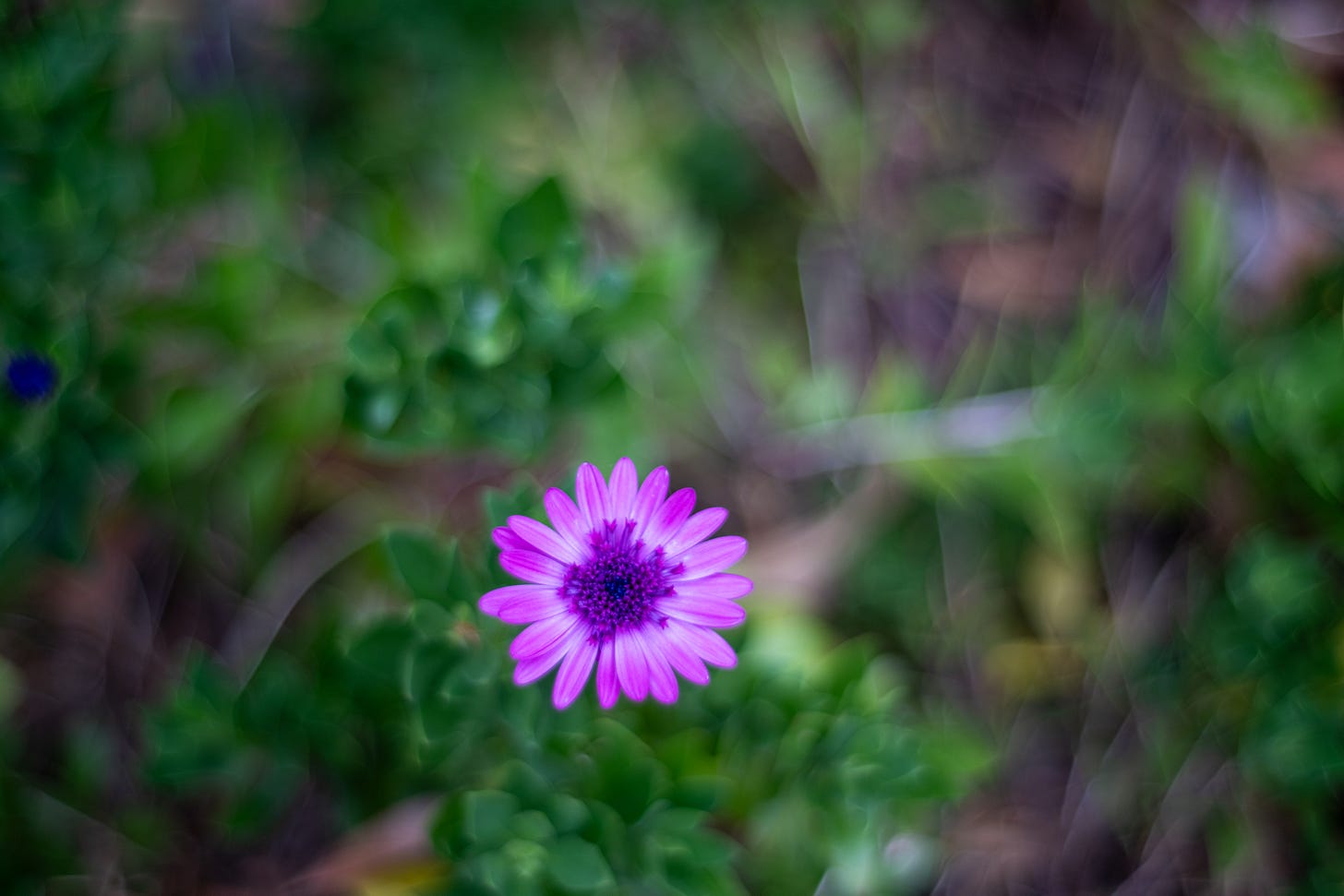

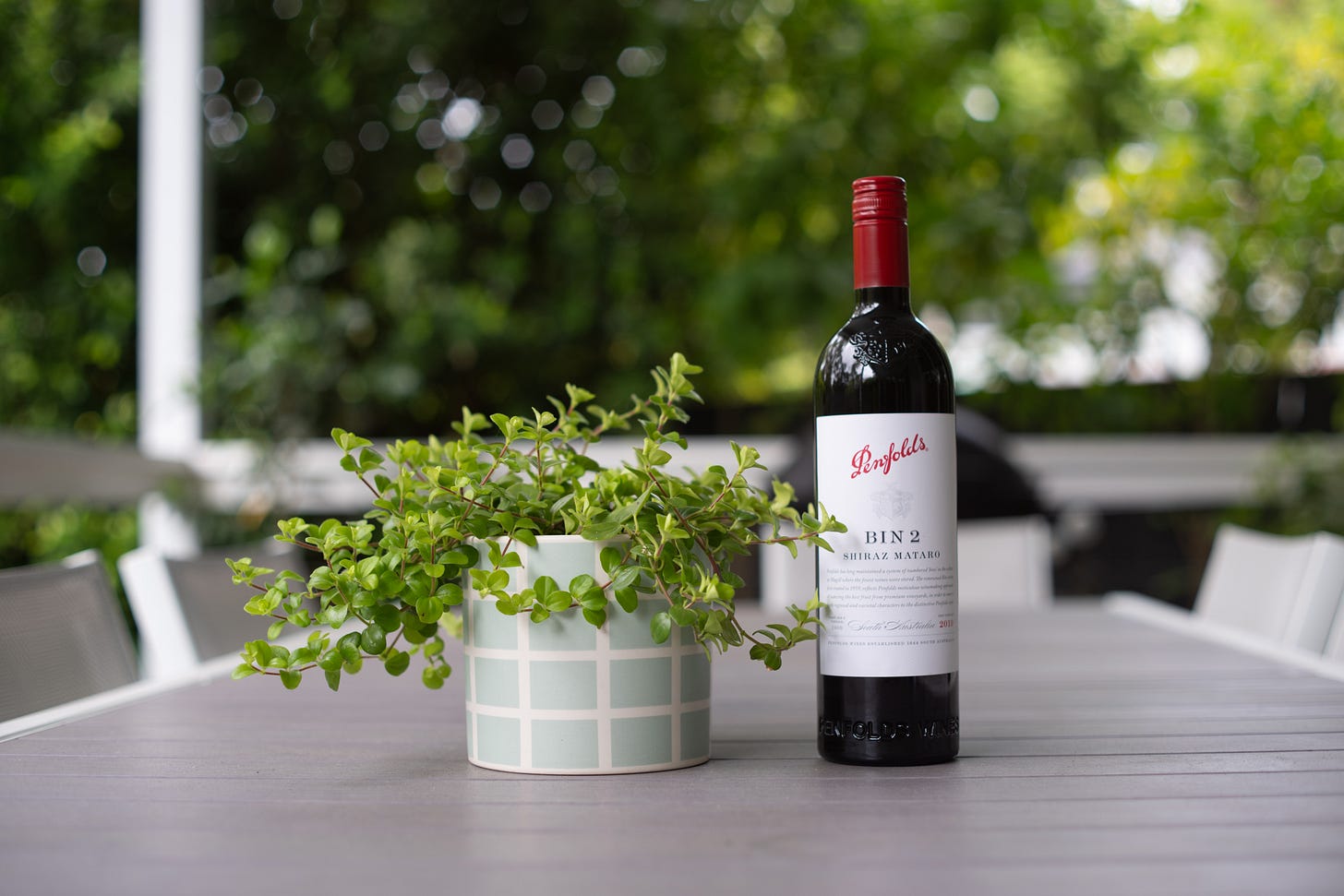



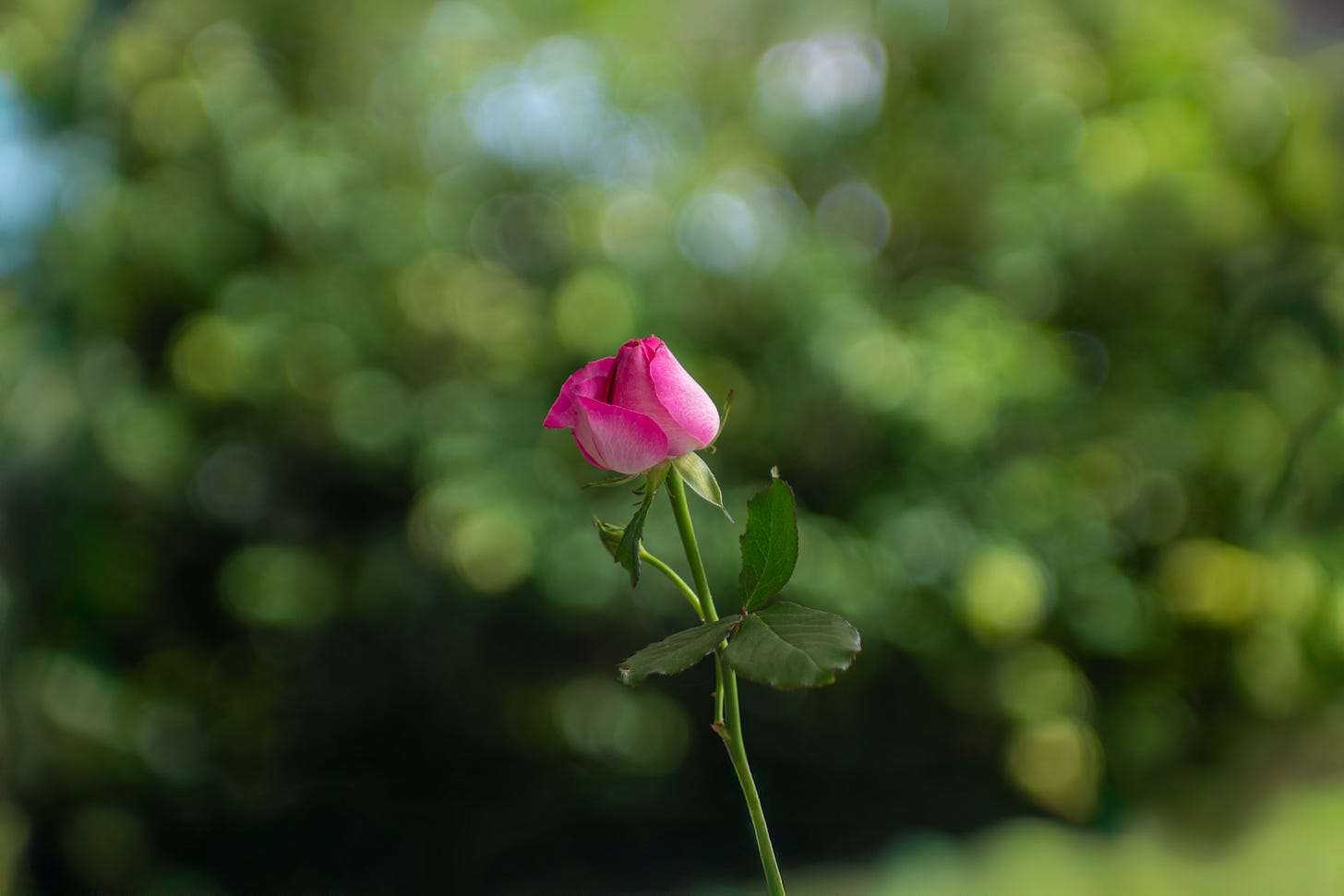

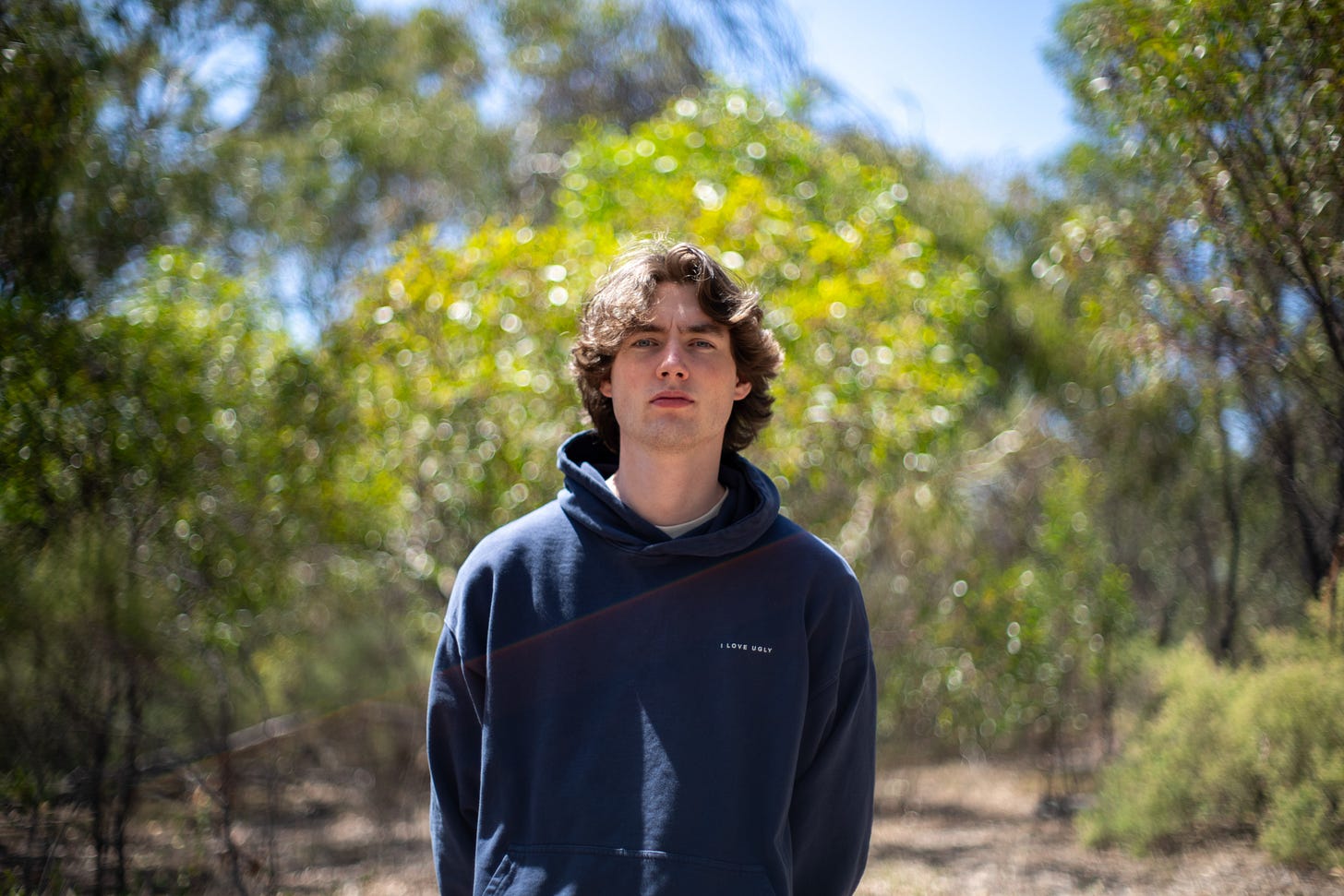

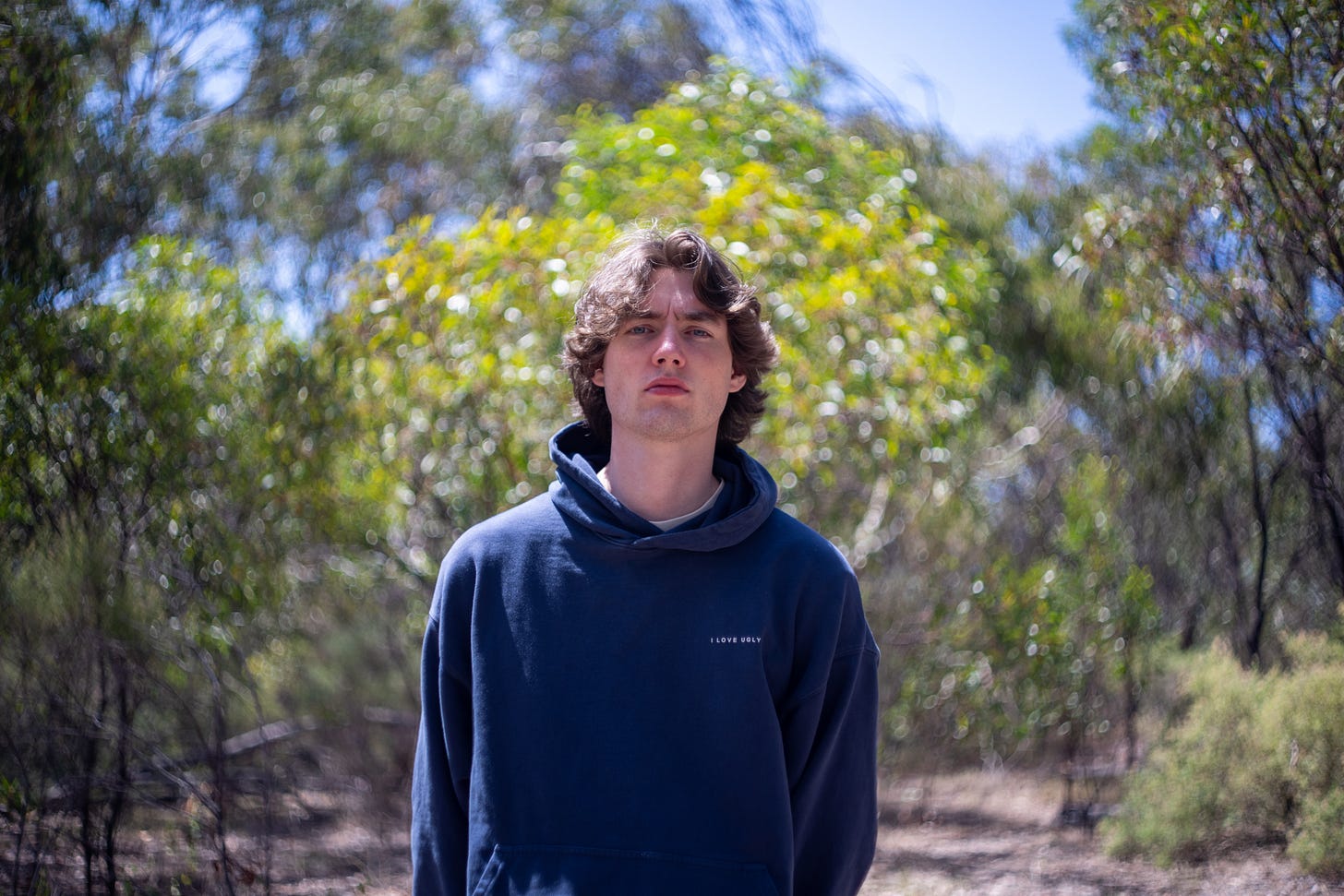
Single-coating/multi-coating treatment doesn't have a major impact on sharpness, only on color rendition and contrast.That's why we have very sharp, uncoated lenses like Tessars, Anastigmats, from the old days.
Sharpness directly depends on the optic design: the control of monochromatic aberrations (spherical, astigmatism, coma) and chromatic aberrations (longitudinal CA and lateral CA), and the polishing of the glass (know as "surface roughness", this is how the old "soft" filters work, uneven surface (at microns scale)).
I love the rendition of the old 105 2,5 Sonnar from Nikon, also the (almost)swirlish nature of the S Auto 5,8cms f1,4 (pre Ai). And of course, the huge "glow" from the famous Trioplan 100, it gives a special atmosphere to some portraits.
I am so drawn to the photos from the super multicoated takumar! What a beautiful lens!!!!!! I’m so jealous of your collection! You’ve got some incredible lenses